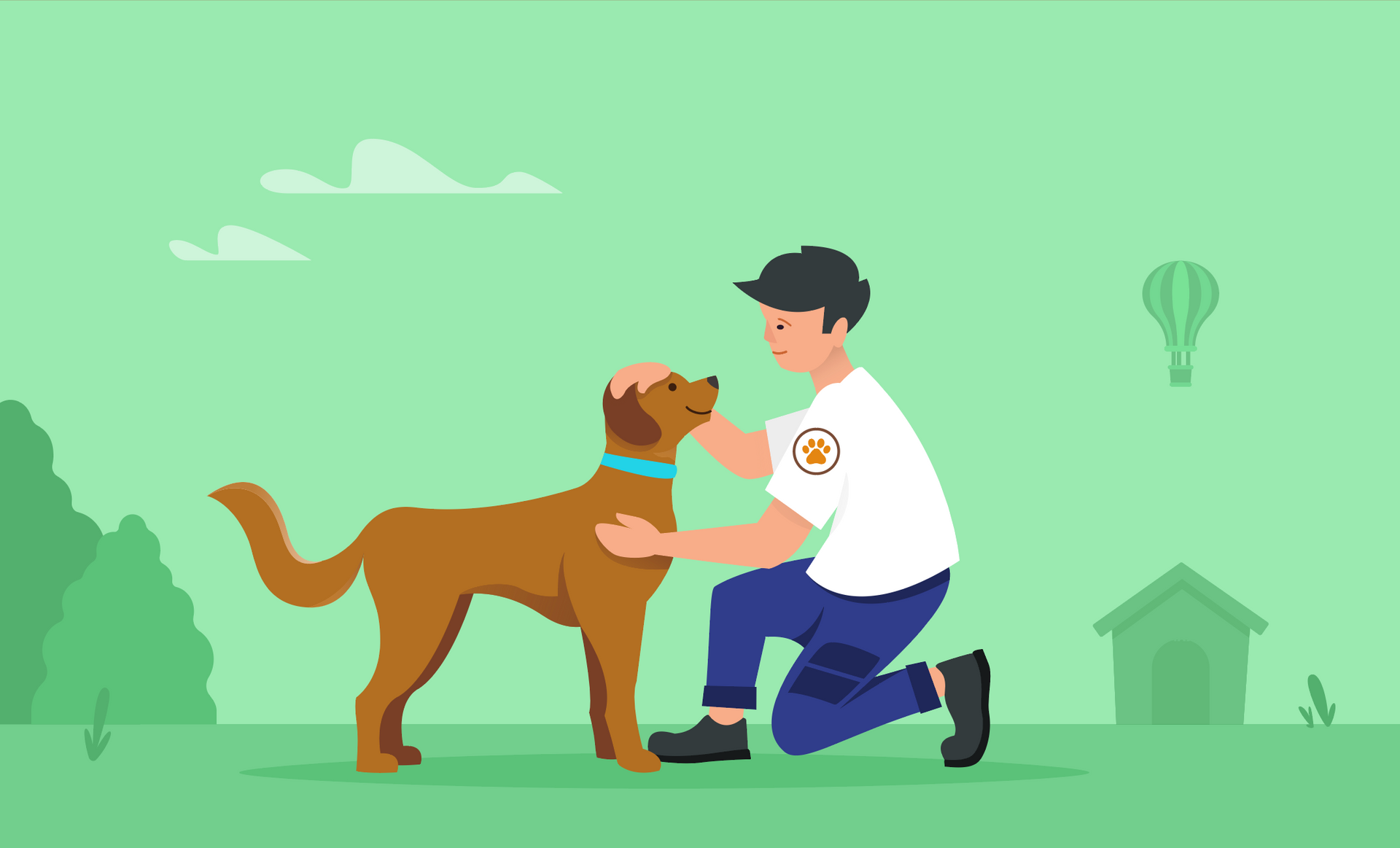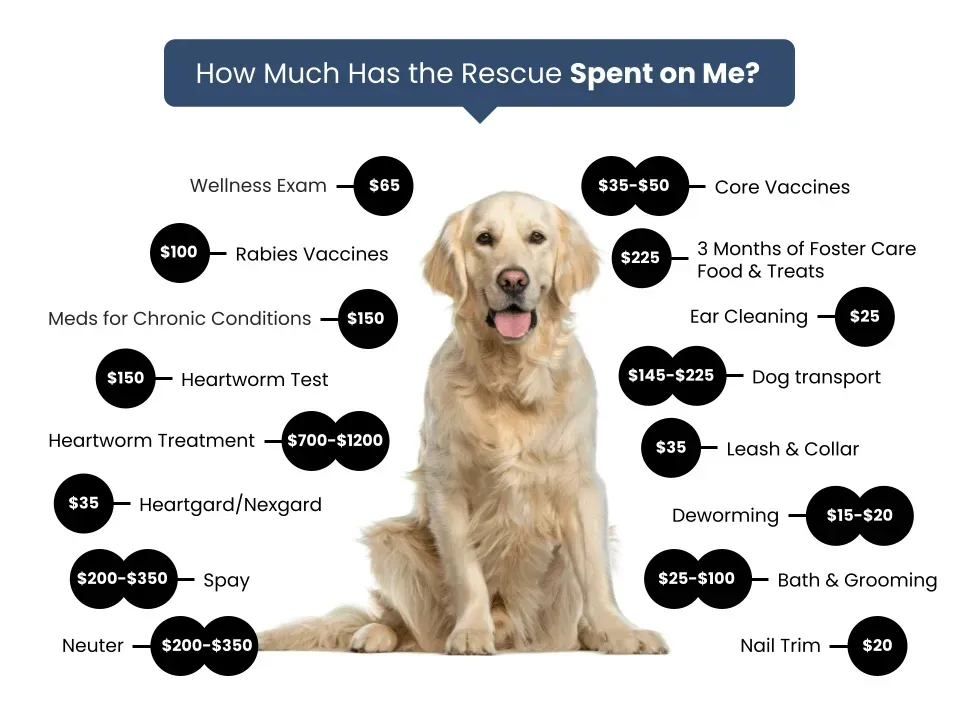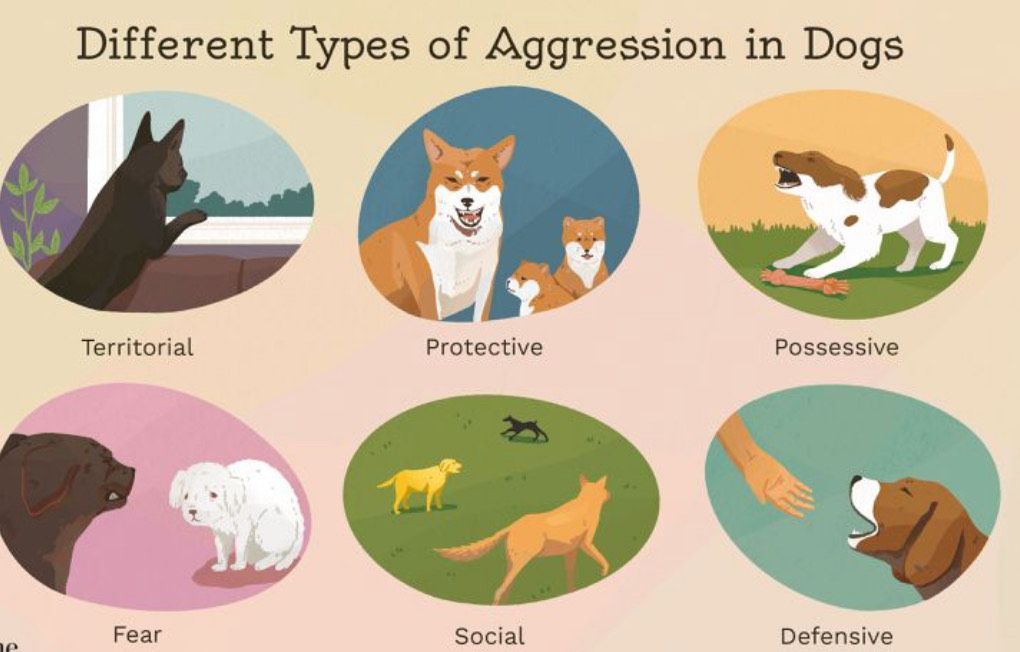The 3-3-3 rule. The Phases of Adjustment
The 3-3-3 rule is a guideline to help families understand the phases your rescue dog will go through as they adjust to their new home. Knowing and setting realistic expectations will help avoid unsuccessful adoptions.
Kimmys highly recommends professional dog training to help deal with common rescue behavior issues.
· First 3 days: your dog might feel overwhelmed and anxious in their new environment. They very well might be exhausted and as a result sleep longer than normal. They may be shy or timid, and it’s essential to be patient during this period. This period is often the first time your new rescue dog may experience the safety and warmth of a foster home, laying the groundwork for a positive association with their new owners. It’s a critical time for setting a general guideline on what to expect in terms of behavior and comfort.
· First 3 weeks: This is the time your dog starts to feel comfortable with their new routine. They may become more comfortable with their surroundings and start exploring. This is also when some behavior issues may develop. As your rescue dog adjusts, they will start to reveal their personality and disposition, possibly showing signs of behavior issues that were not evident during in the beginning. This phase is a great time for new dog owners to introduce their new friend to more structured activities like longer walks.
· First 3 months: By 3 months you can expect to see your dog’s true personality. They should be more comfortable, less stressed and settled into their new life, making it an ideal time to establish training and bonding routines. This stage solidifies the true bond between you and your rescue dog

New Paragraph



